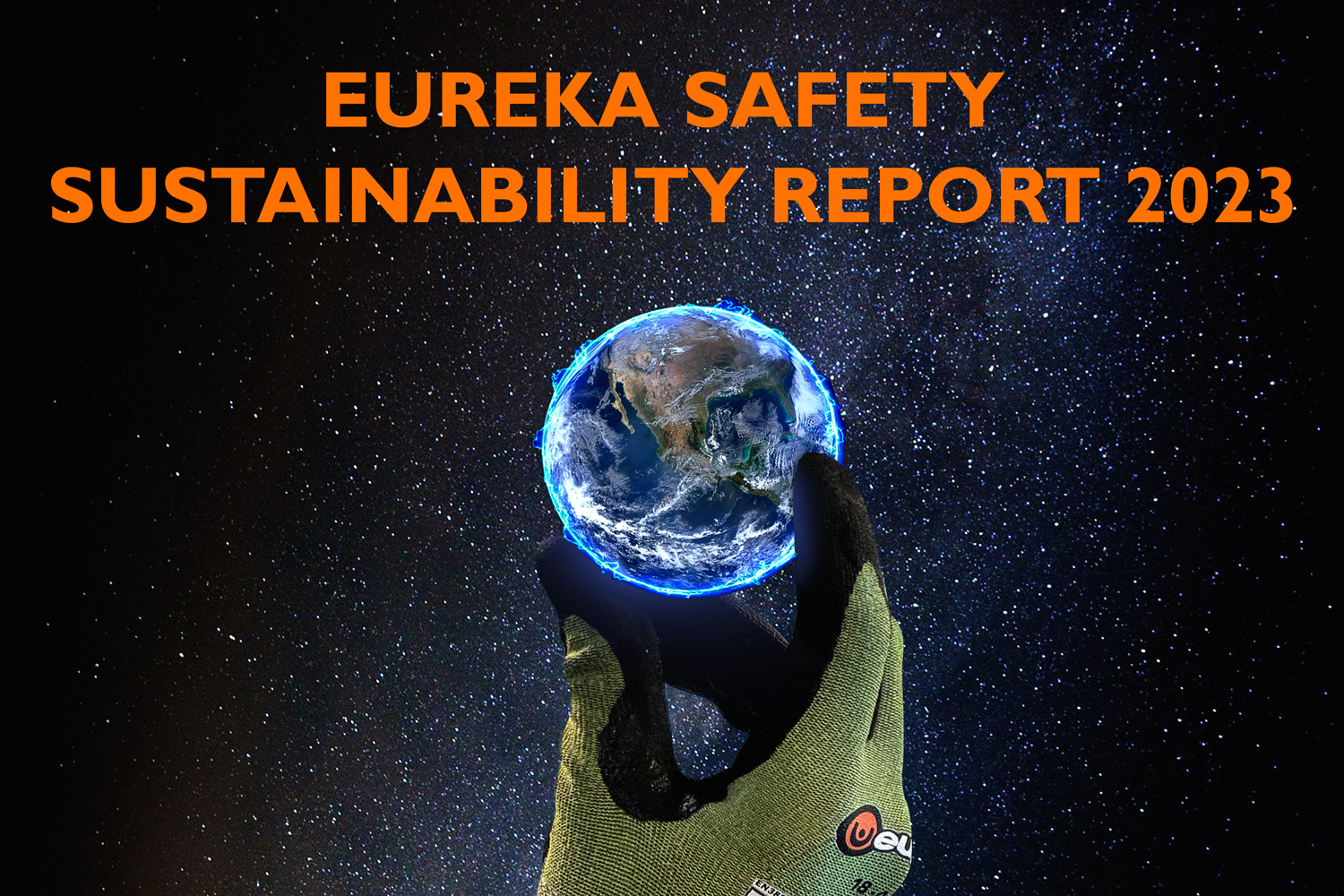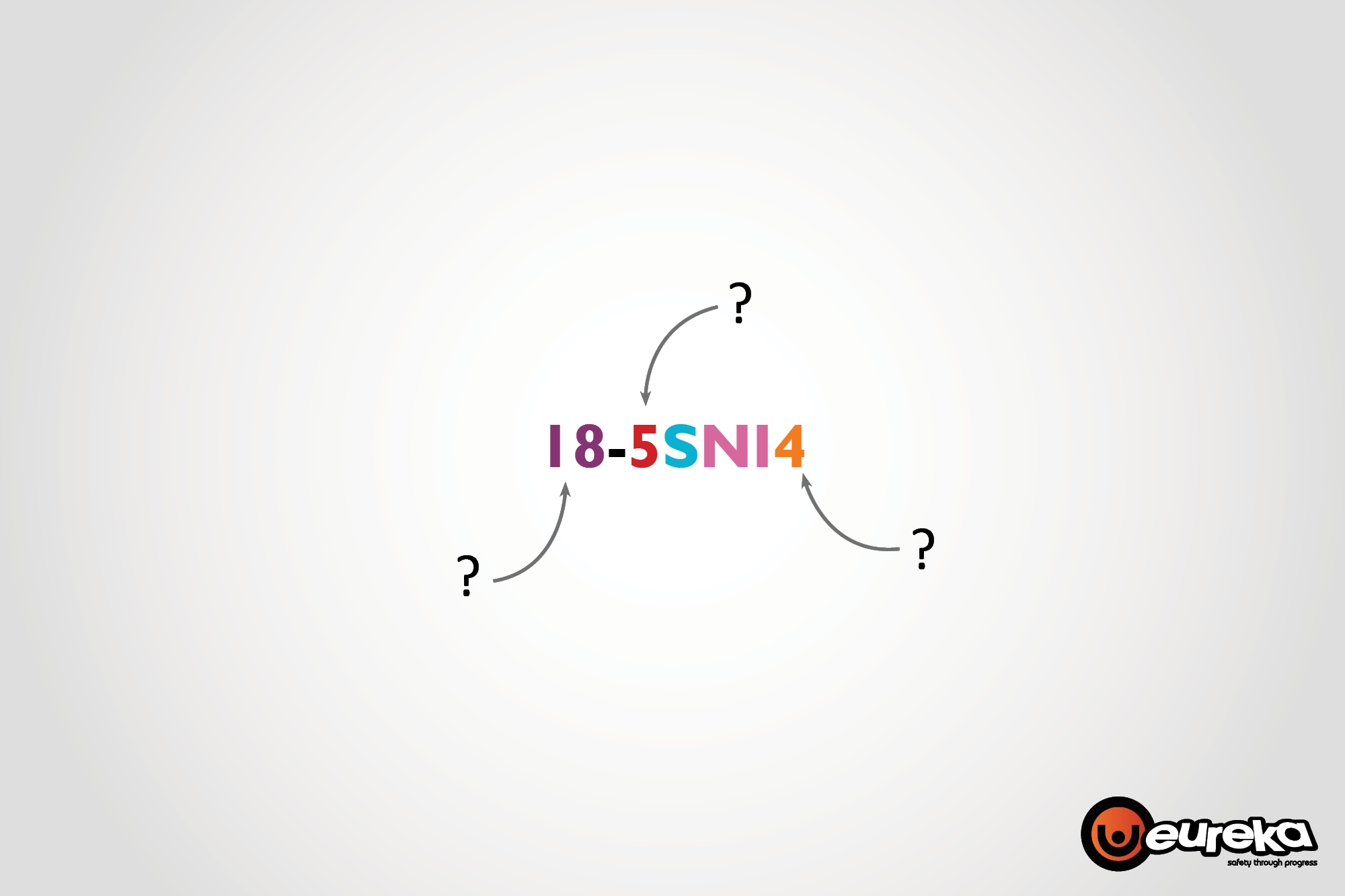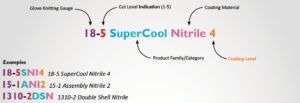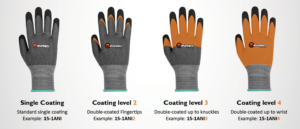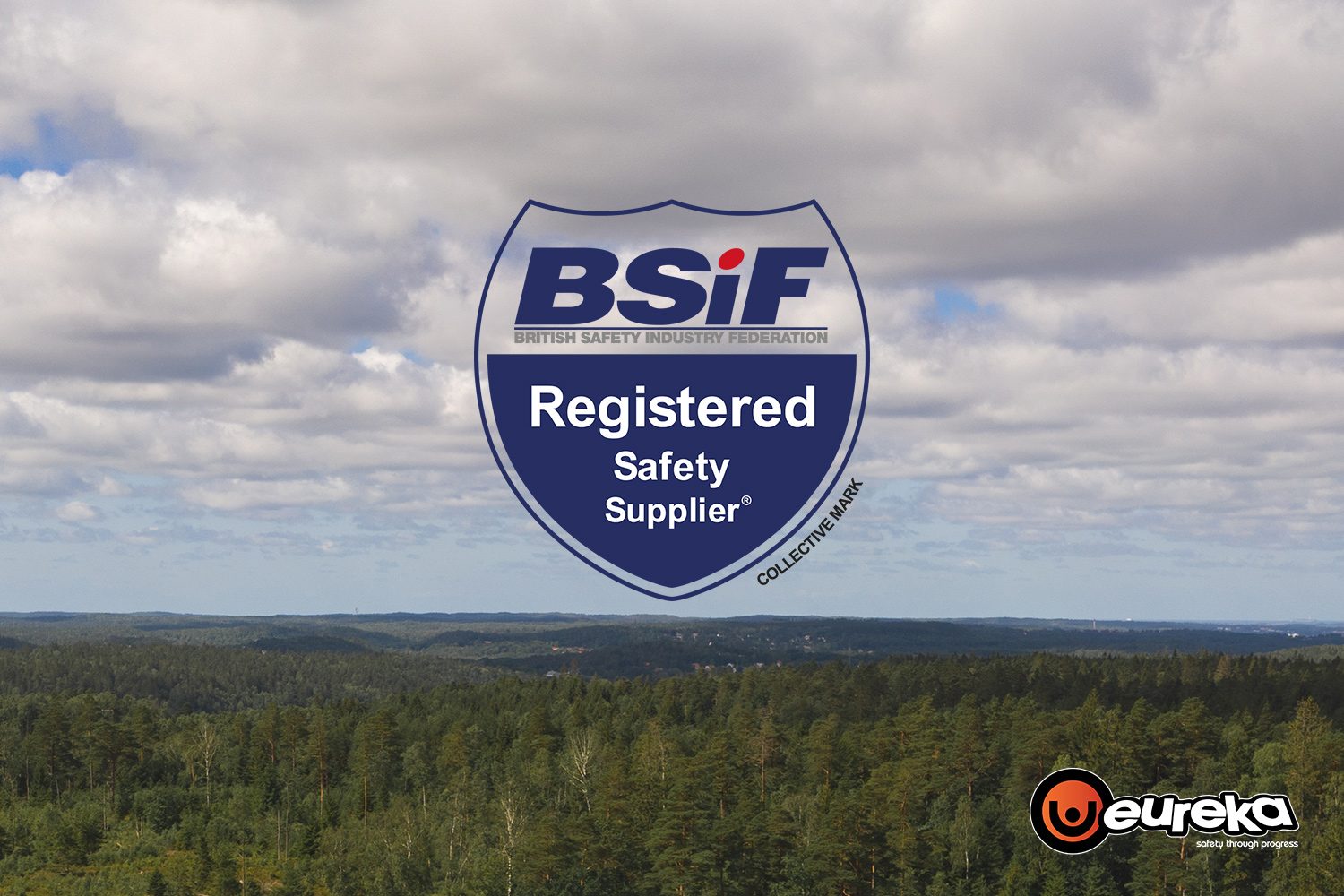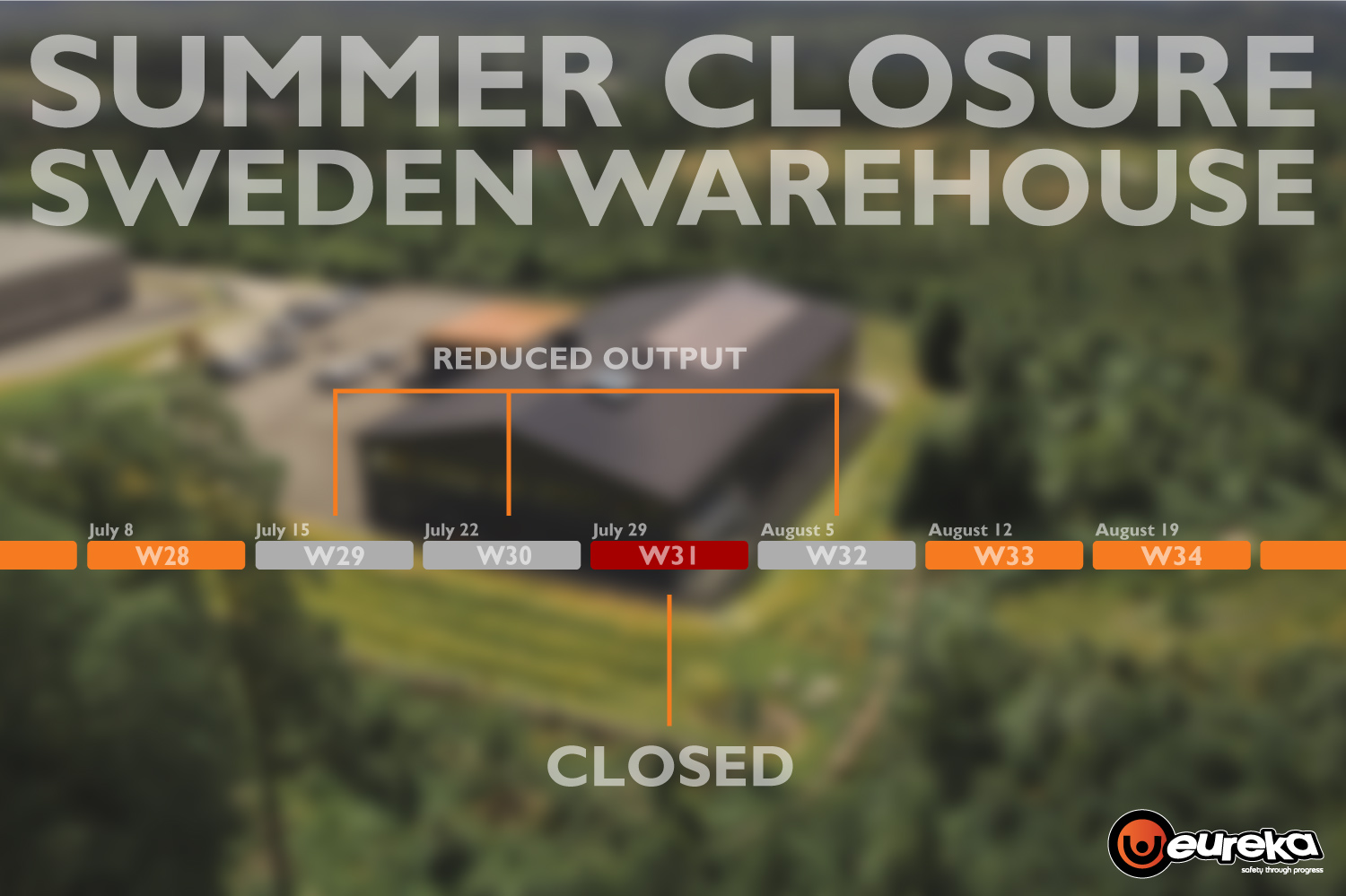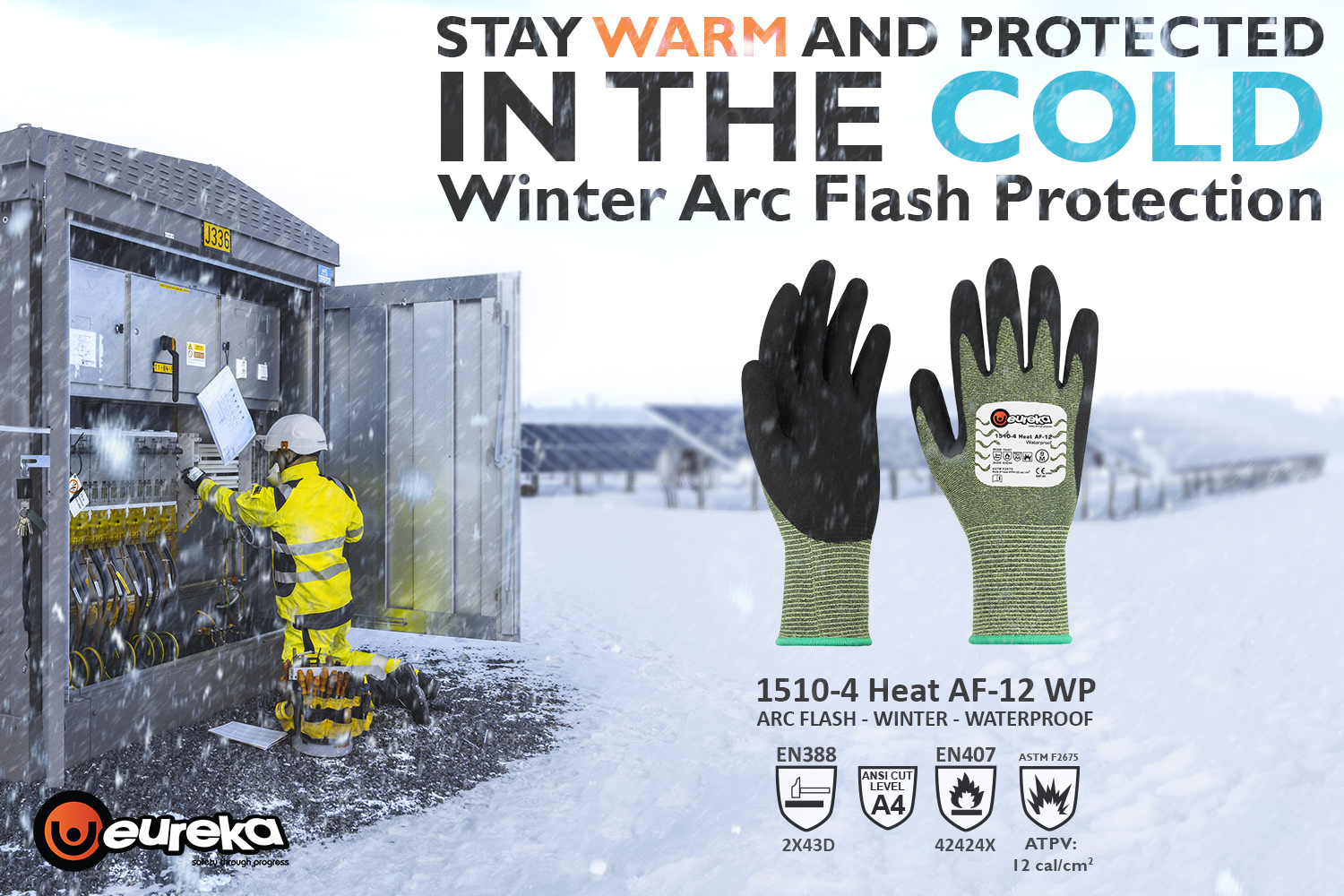Winter is coming!
October is here and for those of us in the northern hemisphere, the temperature is dropping, and the suns path falls quicker to the horizon. Winter is just around the corner!
Keep your hands warm and protected from mechanical risks with Eureka’s range of cold environment gloves.
Our 15-3 Winter Cut offers cut level D/ANSI A4 cut protection in a highly dexterous form-fitting glove. Cold and wet? Our super comfortable PU Grip Winter Waterproof offers insulation and waterproof lining for moderate winter climates.
Colder still? Our 1310-2 Double Shell Nitrile offers fantastic insulation and grip in a bright orange colour and reflective print for visibility in the longer winter darkness. For the coldest working environments our MF Nordic Winter will keep your hands warm with the glove to mitten conversion.
Using power tools outdoors? Cold temperatures and vibration are not a good match. Cold hands while using vibrating tools can further increase the risk of permanent vibration damage. Keep your hands warm and protected using our winter versions of Impact Vibration and Vibration Flexi.
Check out the rest of our line-up to find the perfect glove for you.
Any questions? Don’t hesitate to contact your Eureka representative!


